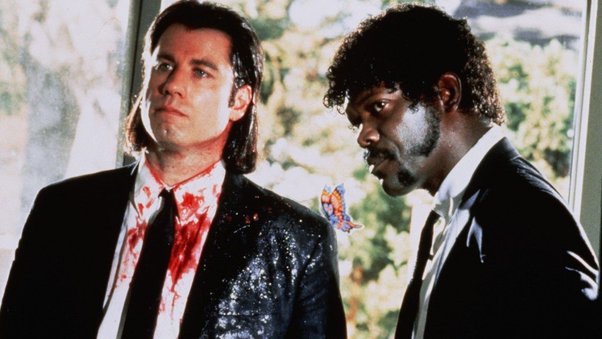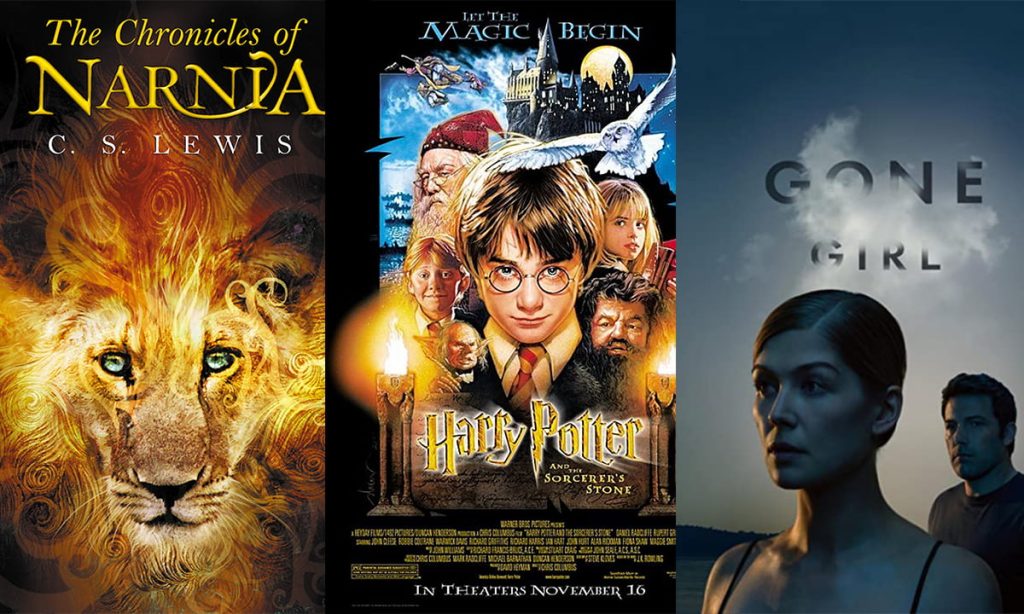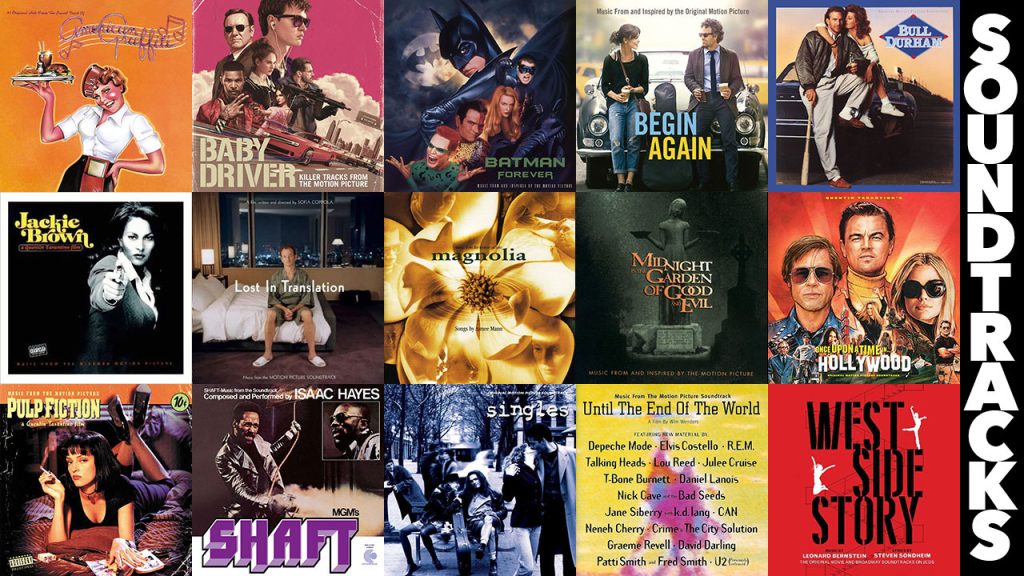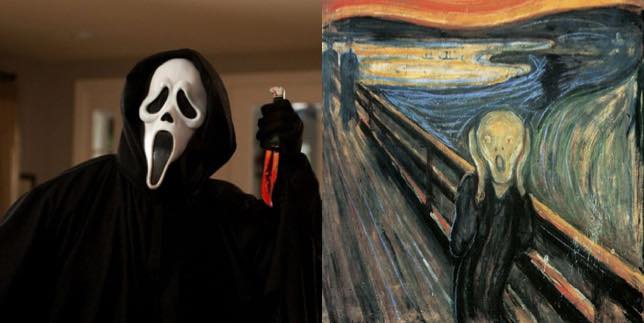The interaction of cinema and art is an interesting examination of creative synergy. This delicate collaboration has profoundly changed the cinema business, demonstrating the potent effect of many creative styles. Each aspect contributes distinctively, from the vivid aesthetics of pop art to the timeless narratives of classic literature. The combination of these elements is further enhanced by the emotional depth of music and the visual of art. They weave a multifaceted tapestry of artistic influence together, highlighting movies’ growth and continuing cultural relevance. This article plunges into these numerous influences, revealing how art in various forms has consistently altered and enhanced the domain of movies.
Pop Art’s Influence
Visual Aesthetics and Narrative:
Pop art’s vivid colors and recurring patterns greatly influence cinema aesthetics. Directors like Wes Anderson exemplify this impact. The movement’s questioning of the status quo mirrors modern cinema’s social commentary.
Psychological Undercurrents:
Beyond the appearance, the deeper psychological attributes of pop art are mirrored in films with profound repercussions underneath their superficial simplicity. This is obvious in movies such as “Jocker”, where the visual frames and emotional depth of the storyboard are reminiscent of melodramatic pop art pieces.
Iconography and Marketing:
Films increasingly use iconic imagery and popular culture allusions, key elements of pop art, for tribute, pastiche, or irony. The influence of pop art extends to movies marketing, where advertisements and promotional materials often incorporate its elements.
Overall Impact:
The link between pop art and the film business is long-standing, and it influences cinema storytelling, character profiling, and representations of culture.

Classic Literature’s Influence:
Source of Inspiration:
Many recognized works of literature have been transformed into films, combined with fascinating characters and intriguing spots. Shakespeare adaptations, Jane Austen adaptations, and modern classics such as “Harry Potter” are concrete instances.
Universal Themes:
Themes from classic literature such as love, sorrow, and betrayal catch the attention strongly with audiences and give richness to cinema adaptations.
Timelessness and New Perspectives:
Classic literature’s eternal functionality makes it suitable for cinematic adaptations, allowing dramas to remain relevant over time. Movies such as “To Kill a Mockingbird” give spectators historical engagement, while others delve into many different categories.
Style and Aesthetics:
Great literature adaptations often preserve the original’s style and aesthetics. Gothic features in “Dracula” and detailed attention in Jane Austen films are examples.

Music’s Influence
Enhancing Storytelling:
Music in films heightens suspense, elicits emotion, and adds rhythm to the story. It’s not simply a minor detail; it’s an essential part of the cinematic experience.
Evolution with Technology:
The rising popularity of music in movies reflects technological and creative process. Music has expanded in order to help storytelling, from live music in silent films to meticulously written soundtracks in modern cinema.
Emotional Amplification:
Employing music, filmmakers highlight a film’s emotional underlying themes. They use it to emphasize emotional moments, create dramatic irony, and apply leitmotifs for recurrent themes associated with characters or ideas.
Pop Culture Impact:
Film soundtracks are frequently cultural phenomena that influence music trends and leave an enduring mark. They also have the ability to present classic tones to new generations as well as generate chart-topping tracks.

Paintings and Artworks’ Influence
Biopics and Historical Context:
Films on painters such as Frida Kahlo and Jackson Pollock, as well as notable individuals such as Vincent Van Gogh, have offered information about their lives and works, influencing public perceptions of these artists.
Design and Cinematography:
Paintings have certainly had an impact on film design, cinematography, and overall context. The design of scenes and lighting methods in Stanley Kubrick’s “Barry Lyndon” were influenced by artists such as William Hogarth and Joseph Wright of Derby.
Setting Ancient World Scenes:
Paintings by artists such as Lawrence Alma-Tadema have inspired film depictions of previous civilizations, inspiring the artistic direction of films such as “Benhur” and “Gladiator”.
Movie Posters:
Even movie posters have been influenced through paintings, with specific layouts and subjects mimicking classic paintings such as Caspar David Friedrich’s “Wanderer Above the Sea of Fog.”

Finally, the affiliation between the cinema business and many creative forms- pop art, classic literature, music, and paintings- is an extensive chain of influence and creativity. The vibrant aesthetics and social commentary of pop art, the eternal ideas of classic literature, the deeply personal nature of music, and the eye-catching effect of paintings all intersect to improve cinematic narrative. Each art form makes a distinct contribution by expanding storytelling, establishing visual styles, and increasing emotional connections. They show the dynamic interaction that exists across diverse creative sectors, highlighting the universal and lasting power of artistic expression in generating narratives of culture and experiences.







